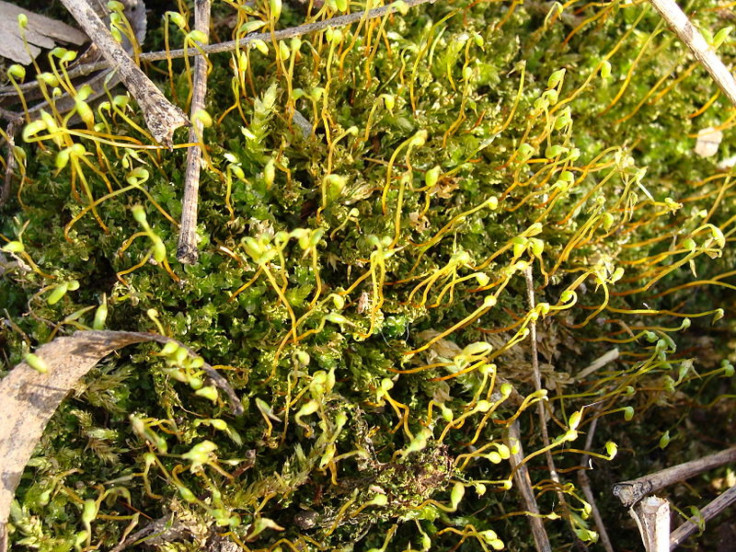400-Year-Old Plants Brought Back To Life After Discovered In Northern Canada Teardrop Glacier [PHOTO]

Four-hundred-year-old plants found under ice from the foot of a retreating glacier on Ellesmere Island have come back to life after being discovered by researchers.
According to the report by University of Alberta researcher Cather La Farge, radiocarbon dating, a technique that uses the decay of carbon-14 to estimate the age of organic materials, has determined the mosses (or bryophytes) were 400 to 600 years old and had been entombed during the Little Ice Age that occurred between 1550 and 1850. The process has overturned a long-held assumption that plant remains exposed by retreating polar glaciers are all dead.
“These simple, efficient plants, which have been around for more than 400 million years, have evolved a unique biology for optimal resilience,” La Farge told Voices of America.
The plants were reportedly discovered in the Teardrop Glacier on Canada’s third largest island and then taken back to La Farge’s lab, where she ground up the materials and placed them in potting soils. Within weeks, green filaments began to sprout. Of the 24 samples, seven showed growth, successfully regenerating from the original parent material.
La Farge told VOA that no one expected the plants to be rejuvenated after nearly 400 years beneath a glacier.
The finding “amplifies the critical role of bryophytes in polar environments and has implications for all permafrost regions of the globe,” La Farge said.
This discovery emphasizes the importance of research that helps us understand the natural world, given how little we still know about polar ecosystems -- with applied spin-offs for understanding reclamation that we may never have anticipated,” she added.
© Copyright IBTimes 2025. All rights reserved.






















